ART CITIES: Rome-Julio Le Parc
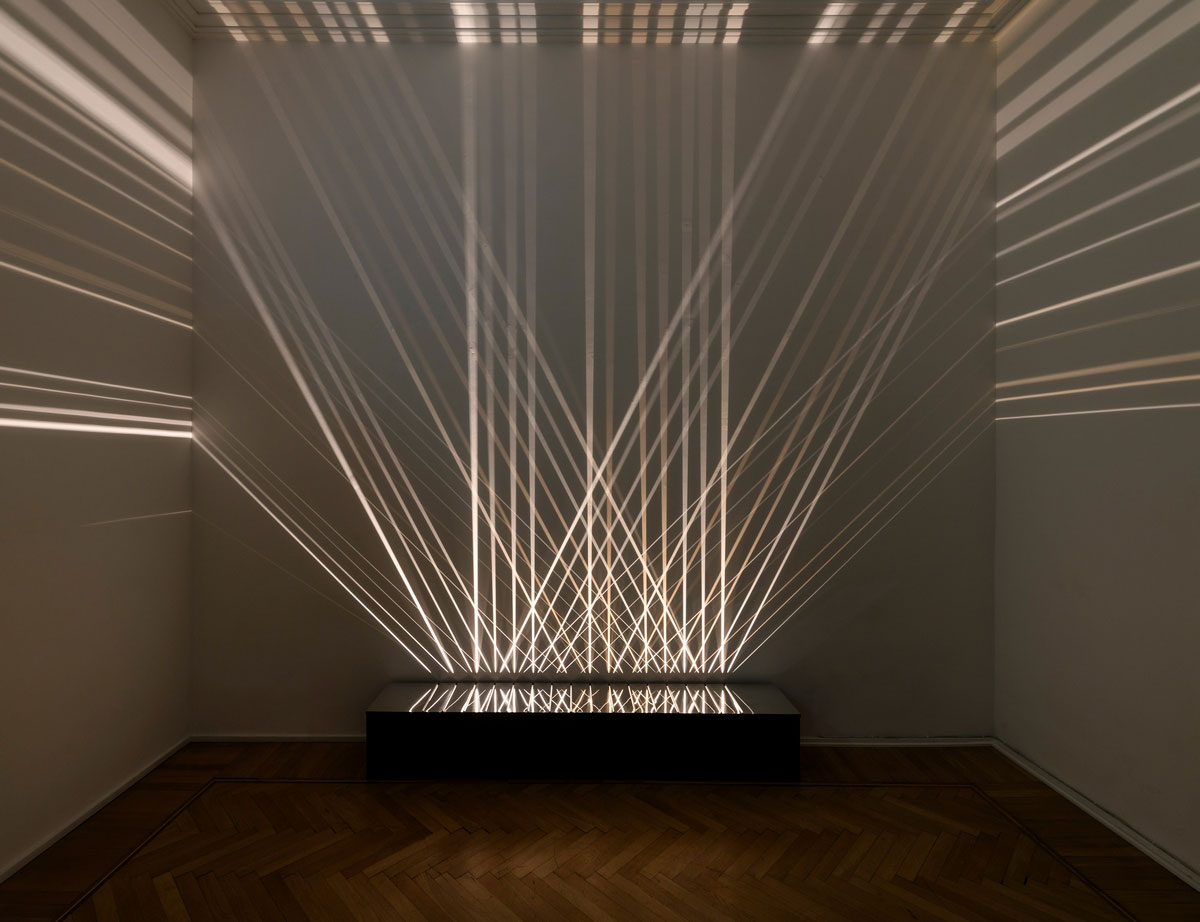 A leading figure on the international contemporary art scene, Julio Le Parc revolutionized kinetic art and Op Art as well as being a staunch protector and defender of human rights. In 1958 he settled permanently in France, and it was within this time that he came away from the Concrete Art and Constructivism movements and moved toward his own approach. He got rid of all signs of manual interference in his work and he created his own range of 14 colors, using them, pure and unshaded, in combination with each other to reach the amplest chromatic spectrum he could.
A leading figure on the international contemporary art scene, Julio Le Parc revolutionized kinetic art and Op Art as well as being a staunch protector and defender of human rights. In 1958 he settled permanently in France, and it was within this time that he came away from the Concrete Art and Constructivism movements and moved toward his own approach. He got rid of all signs of manual interference in his work and he created his own range of 14 colors, using them, pure and unshaded, in combination with each other to reach the amplest chromatic spectrum he could.
By Dimitris Lempesis
Photo: Galleria Continua Gallery Archive

At the heart of Julio Parc’s artistic practice is the desire to experiment with how viewers interact with and perceive art, thus redefining the understanding of the roles of the artist and the viewer. To this end, in his solo exhibition “Melodia”, the artist explores the meaning of the spectators’ gaze and movement, involving them on a physical level, through his mobiles, paintings and works that use light as their principal material. Julio Le Parc began his first experiments with light in 1959. At the time, he placed light in small boxes before replicating, multiplying and combining light waves by inserting sheets of plexiglass, prisms, squares and circles, using the scale of 14 colors that he developed at the end of the 1950s. The result of these experiments was the artist’s detachment from the work of art as something fixed and stable, the absence of symbols or figurative representations and a move towards works of art that always had the potential to change. This approach challenged the traditional notions that art and what it figuratively represents is the most important element to an artwork. Le Parc was intent on deconstructing these conventions and, through the use of materials like light, mirrors, and motors, he put the viewer at the center of the experience. The exhibition continues with a series of paintings titled “Modulations”. Completed in the 1980s, these works were another result of the artist’s desired experimentation of the time; in 1976 Le Parc expressed his awareness of the “discontinuity” of styles in his work, stating that he has never claimed to be a Kinetic painter but rather that everything he did which was new or different brought with it a sort of memory of what he had already done. An economy of means has always been present in his works, the result being that his works are not an accumulation of elements but an array of components that are placed in relation to each other, therefore creating a rich landscape of form and colors that also create a tension between themselves. To achieve this result, the elements of the painting have to be as little and as anonymous as possible, meaning that the interest of the viewer is based on an intermediate plan between the viewer themselves and the painting. An immaterial presence is therefore floating a few centimetres from the painting, or behind it, and into a world to be discovered. In the early 1960s, Julio Le Parc started exploring mobile elements by manipulating forms through the transmission of light. The “Continuel Mobile” series therefore confronts many different questions like movement, instability and probability as well as factors and influences that are external from the artwork itself. “Sphère Noire” is made of shiny, black squares attached to transparent nylon threads and suspended from a wooden frame. The nylon threads hang down from one single point, meaning they move freely according to how the air moves around the room, generating amazing optical effects and fragmenting the surrounding images. The constant movement of the artwork is an essential part of its conception and existence. The artwork is not a fixed and stable object but a changing and unpredictable mobile which depends on the viewer to reach its full chromatic and geometric potential.
Photo: Julio Le Parc, Lumières alternées, 1993-2011, wood, mirrors, controlled light bulbs, 50 x 200 x 50 cm, Photo: Giorgio Benni, © Julio Le Parc, Courtesy the artist and Galleria Continua
Info: Galleria Continua, The St. Regis Rome, Via Vittorio E. Orlando 3, Roma, Italy, Duration: 26/1-10/3/2024, Days & Hours: Tue-Sat 10:30-18:30, www.galleriacontinua.com/
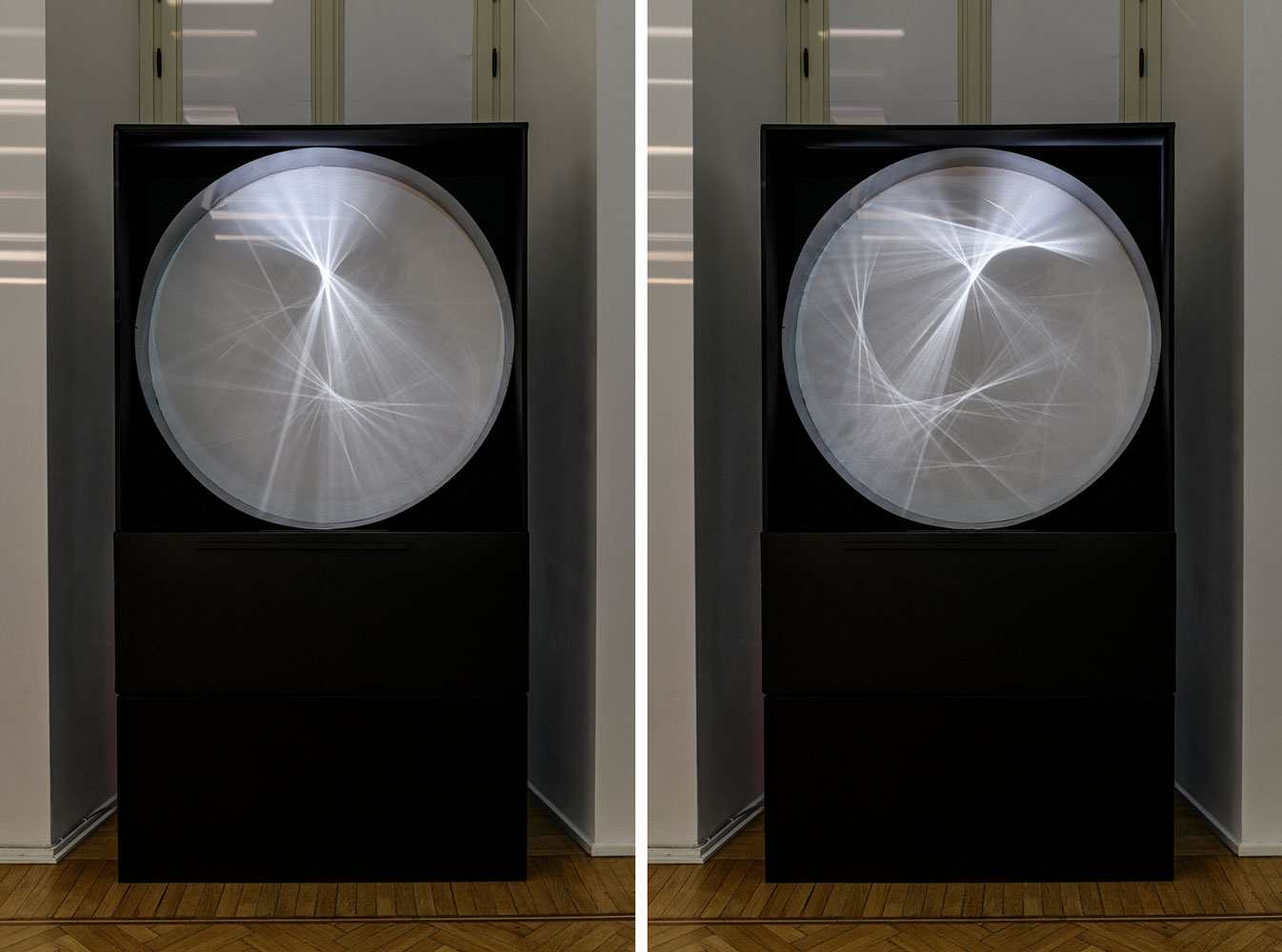
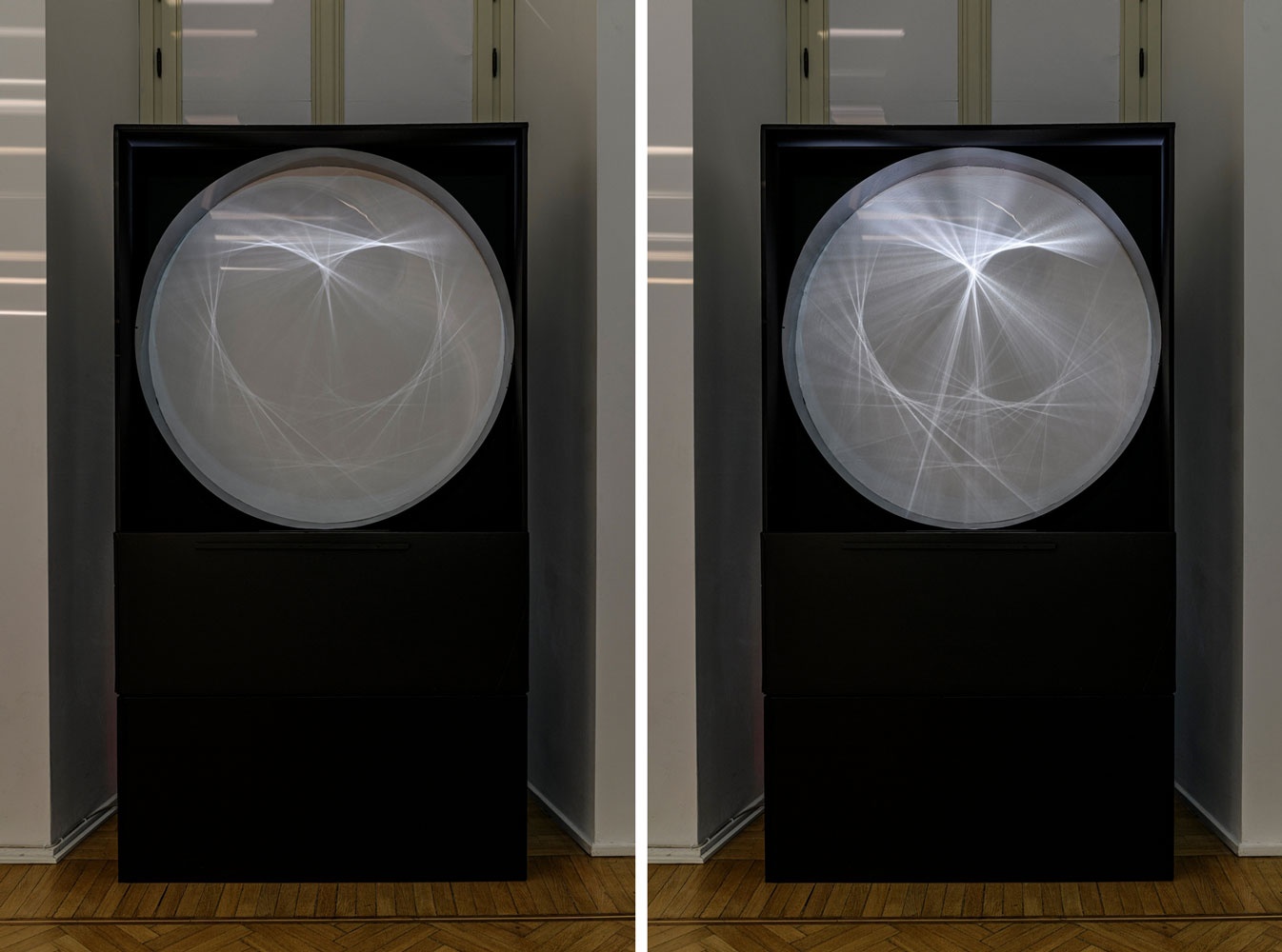
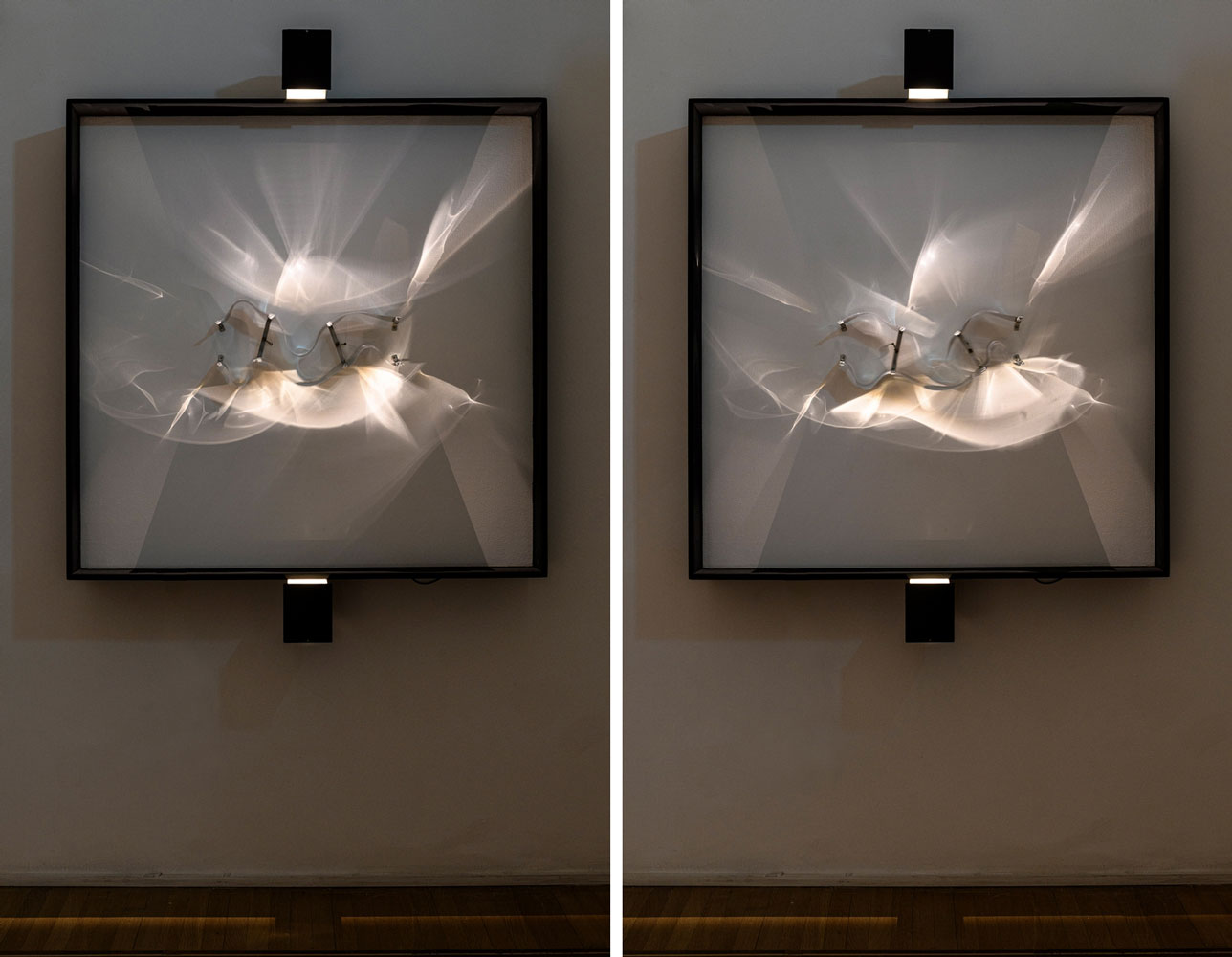
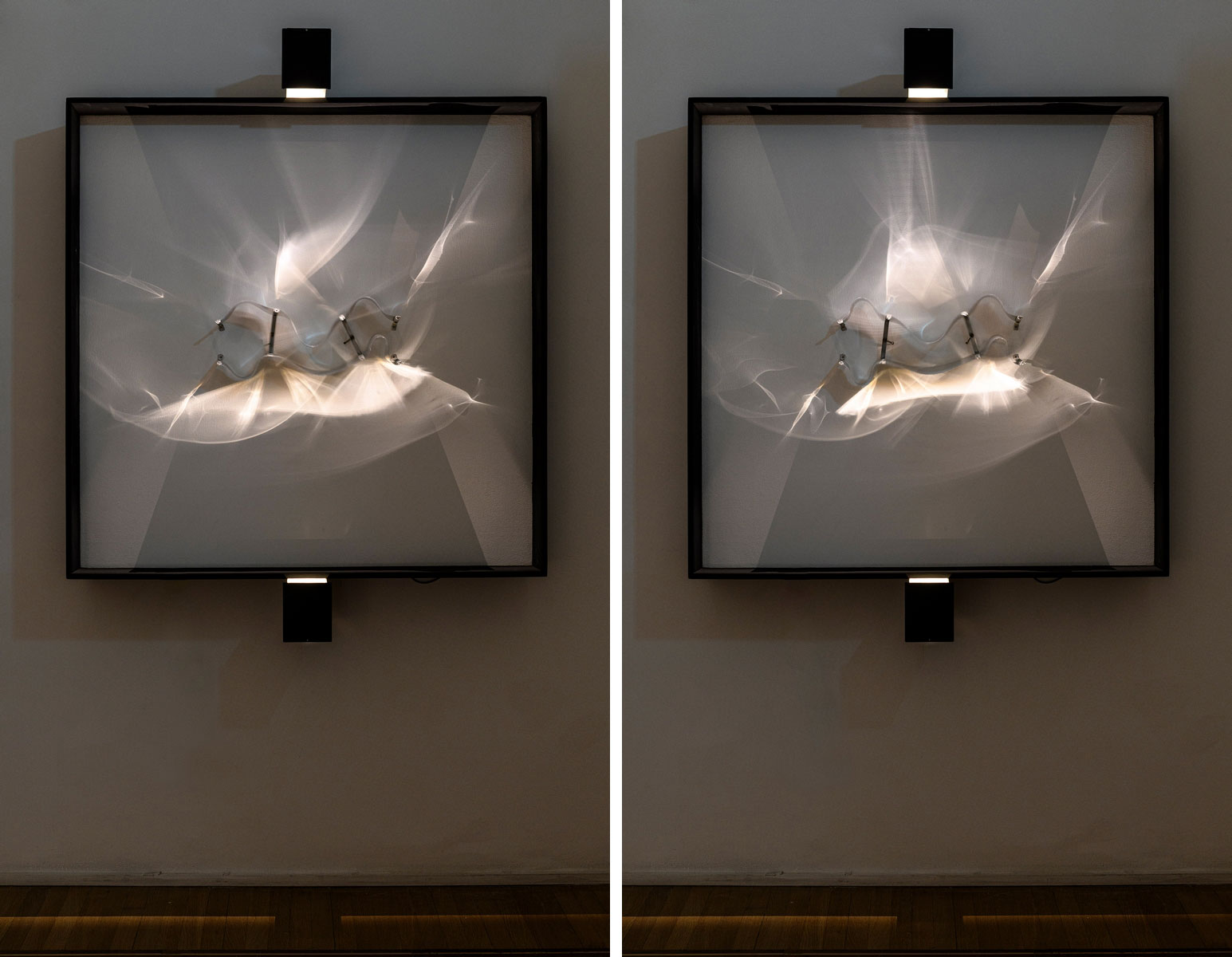
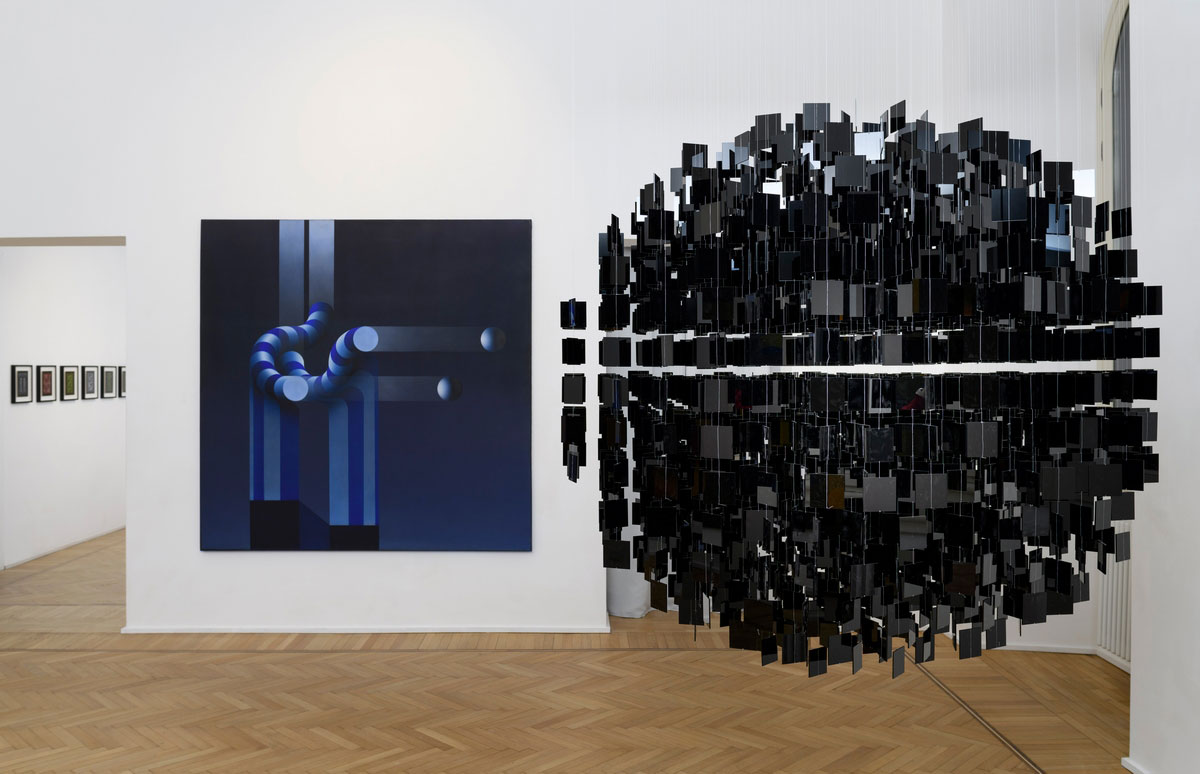
Right: Julio Le Parc, Sphère Noire, 2023, Plexiglas nero, nylon, Ø 154 cm, Photo: Giorgio Benni, © Julio Le Parc, Courtesy the artist and Galleria Continua
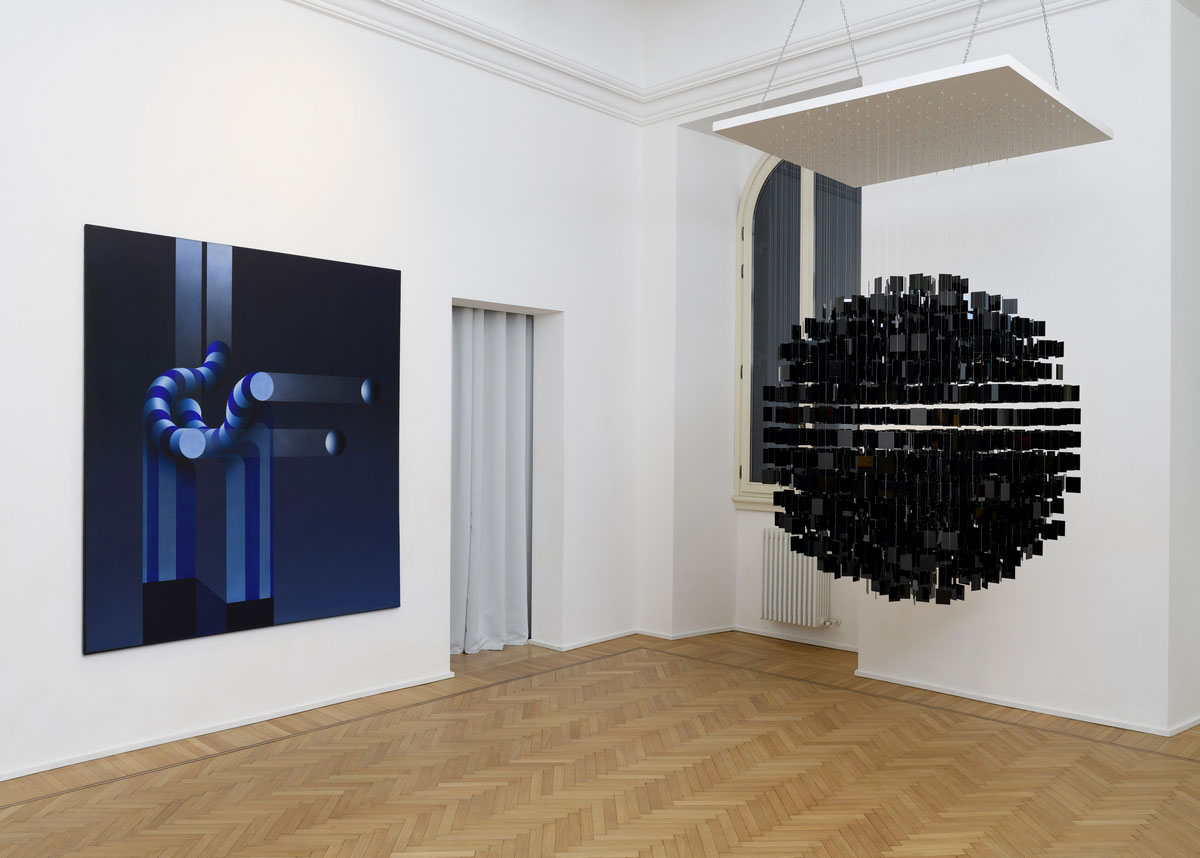
Right: Julio Le Parc, Sphère Noire, 2023, Plexiglas nero, nylon, Ø 154 cm, Photo: Giorgio Benni, © Julio Le Parc, Courtesy the artist and Galleria Continua
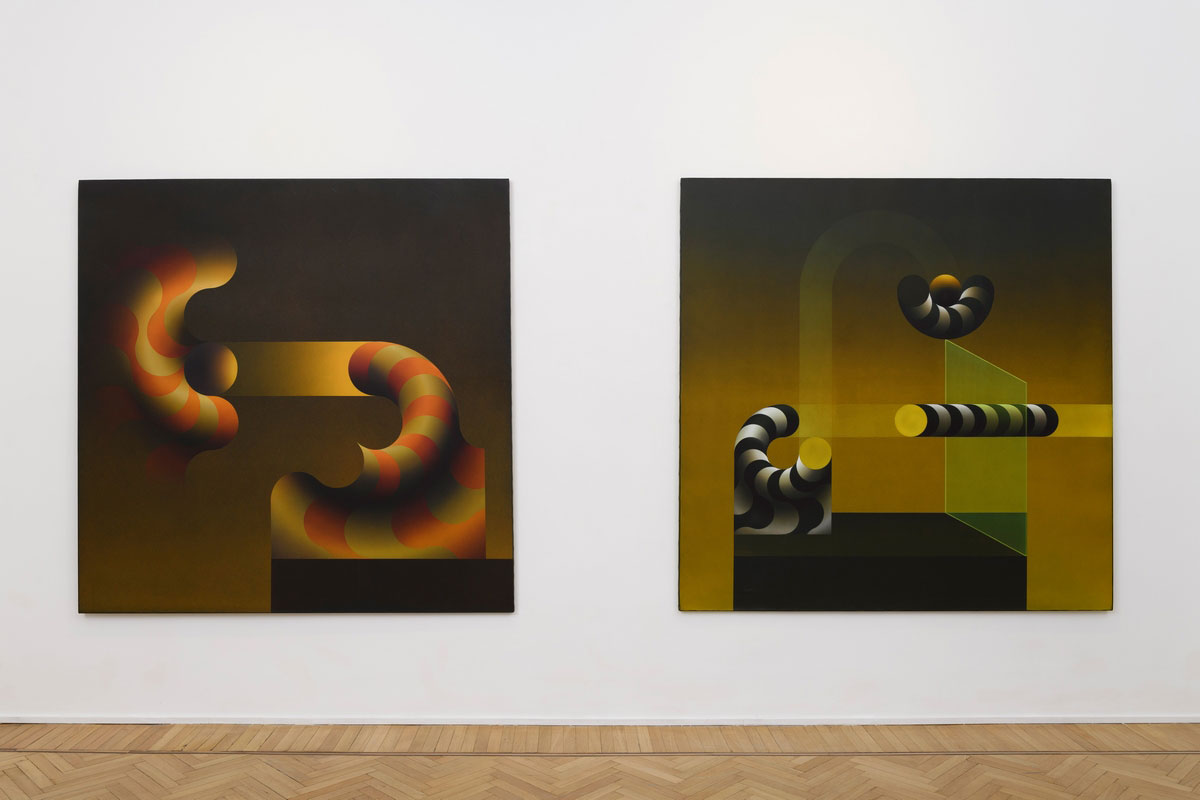
Right: Julio Le Parc, Modulation 743, 1985, acrylic on canvas 200 x 200 cm, Photo: Giorgio Benni, © Julio Le Parc, Courtesy the artist and Galleria Continua

Right: Julio Le Parc, Modulation 879, 1986, acrylic on canvas 200 x 200 cm, Photo: Giorgio Benni, © Julio Le Parc, Courtesy the artist and Galleria Continua

Right: Julio Le Parc, Modulation 764, 1986, polyptych 4 parts, acrylic on canvas, total dimension: 195 x 520 cm; each parts: 195 x 130 cm, Photo: Giorgio Benni, © Julio Le Parc, Courtesy the artist and Galleria Continua
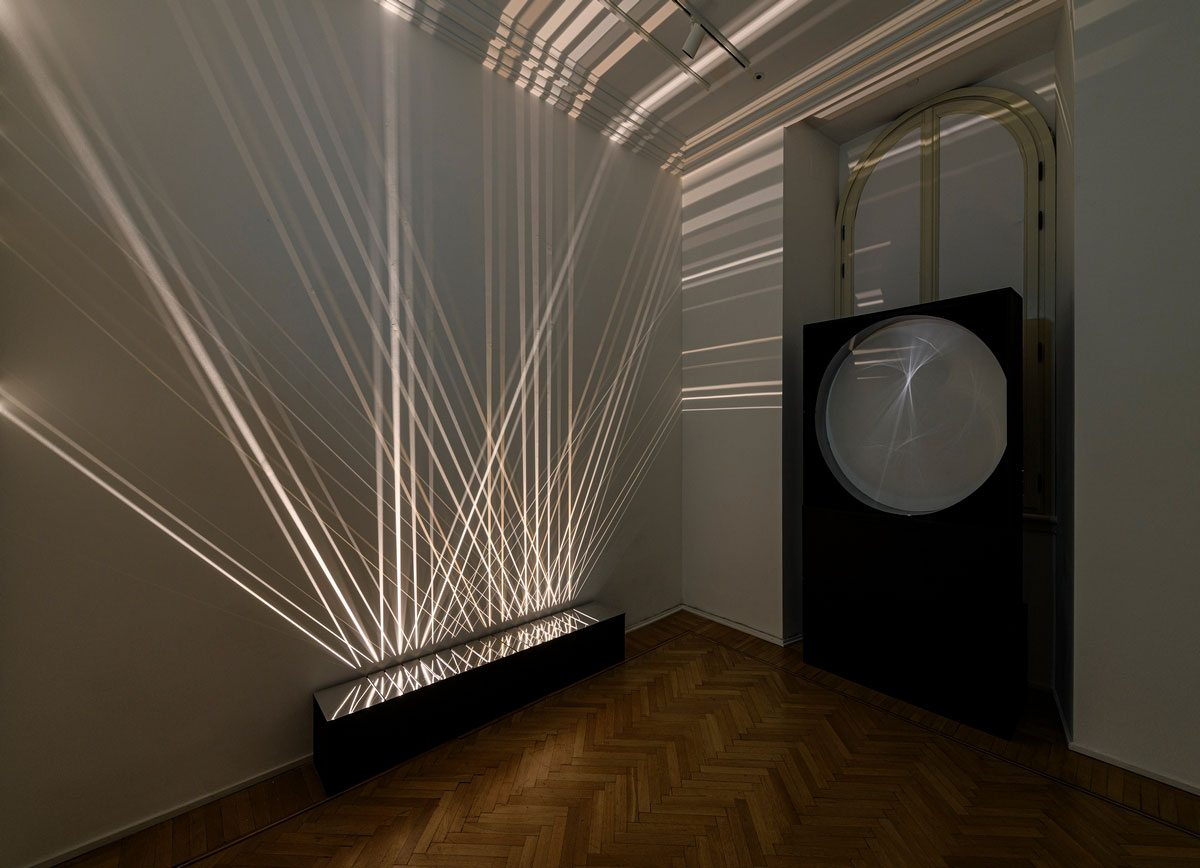
Right: Julio Le Parc, Continuel lumière cylinder, 1962, metal, light, wood, engine 168 x 123 x 37 cm, Photo: Giorgio Benni, © Julio Le Parc, Courtesy the artist and Galleria Continua
